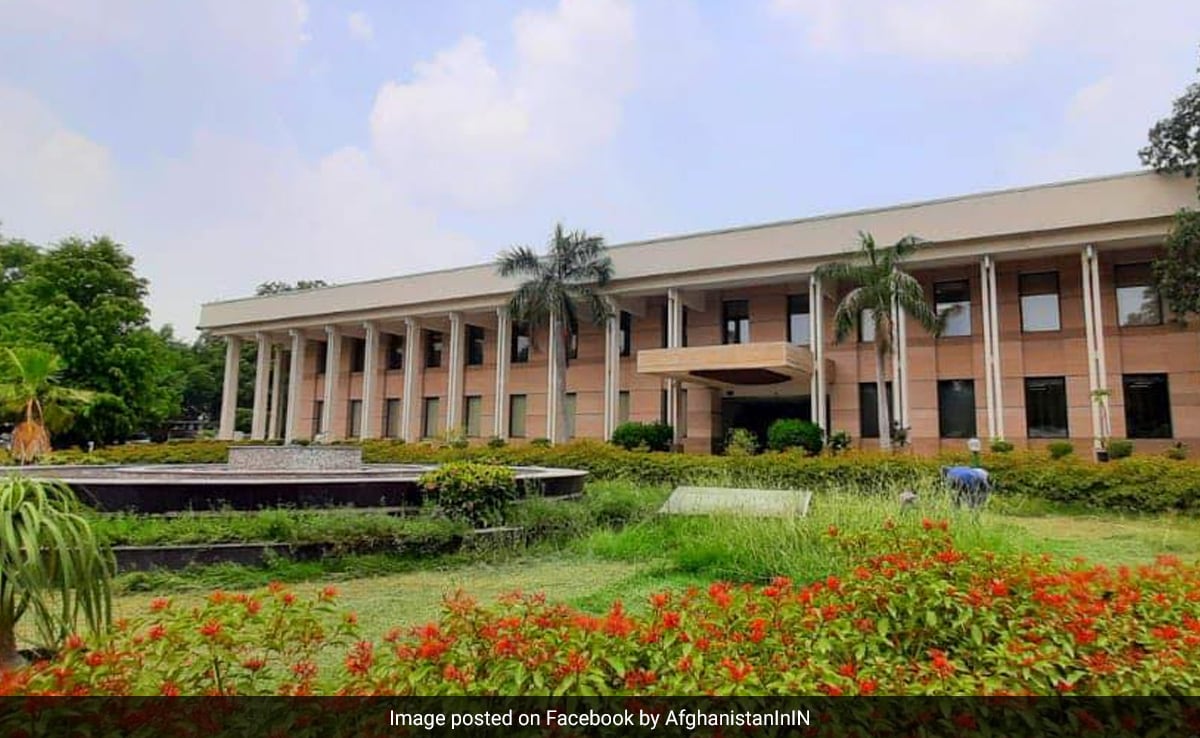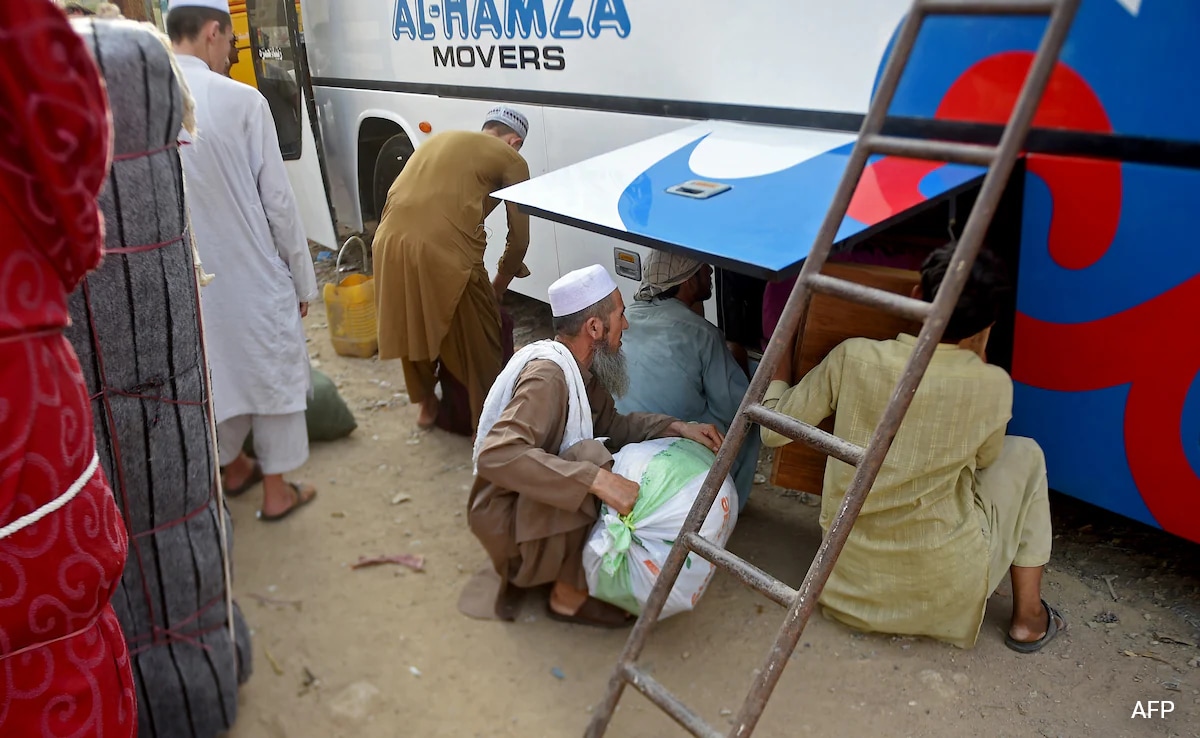More than 8,000 people including over 3,000 children have been killed in Gaza in Israeli strikes.
Gaza City:
Israeli forces are moving slowly in their ground offensive in Gaza in part to keep open the possibility of drawing Hamas militants to negotiate the release of more than 200 hostages, military specialists consulted by Reuters said.
The relative caution with which Israeli troops have taken and secured slices of territory in the first days of sustained ground incursions in Gaza stands in contrast to the past three weeks of unrelenting air strikes on the Mediterranean enclave, as well as to Israel’s previous land offensives there.
Not going directly into Gaza’s most built up areas with the full force of Israel’s ground troops is simultaneously aimed at wearing Hamas’ leadership down with a long campaign, while leaving space for a possible deal over those held as hostages, according to the assessment of three Israeli security sources.
Prime Minister Benjamin Netanyahu said last week that recovering the hostages was an “integral” part of the military’s goal in Gaza. Hamas, an armed Islamist group that governs Gaza, has so far released four civilians among the 239 believed to be held, many in a deep network of tunnels.
Troops freed an Israeli soldier from Hamas captivity during the ground operation in Gaza, the military said on Monday.
By moving slowly, the army also hoped to secure Israeli forces’ flanks and bait Hamas fighters to come out of the tunnels or denser urban areas and engage Israeli forces in open areas where they could be more easily killed, said a former senior commander who declined to be named.
An Israeli military spokesperson declined to comment on details of the offensive, citing sensitivity with the issue.
“It’s inch by inch, metre by metre, trying to avoid casualties and trying to kill as much as possible Hamas terrorists,” Amos Yadlin, former chief of Israel’s defence intelligence, told reporters.
Israel’s heavy response was prompted after Hamas fighters burst into Israel on Oct. 7, killing 1,400 people, mostly civilians, in the deadliest day of the nation’s 75-year history. Israel says 239 people were taken as hostages into Gaza, where they are believed to be held in Hamas’ extensive tunnel network.
In the three weeks since the Hamas attack, Israeli air strikes have pulverized large swathes of Gaza, killing more than 8,000 people including more than 3,000 children, according to the Hamas-run Gaza health ministry, and cutting off supplies of food, medicine and fuel.
Hamas leaders have said that a ceasefire is required in order to release civilian hostages, who Israel says include people with passports from 25 different countries.
In 2011, Hamas negotiated the release of over 1,000 Palestininan prisoners in Israel in return for one Israeli soldier.
Growing international distress at the conditions in Gaza led major powers last week to call on Israel to allow “humanitarian pauses” to get aid in and hostages out. Saying any lull in fighting would benefit Hamas, Israel rejected the calls, in the first public split between Israel and its allies since Oct. 7.
On Saturday, Benny Gantz, a former defense minister who is now in Netanyahu’s war cabinet, said “in this war there is no diplomatic ticking clock”.
Defence Minister Yoav Gallant said the war would be long and Israel was striking Hamas “above and underground – from the air, land and sea”.
Netanyahu on Saturday stopped short of calling the ground incursion a full scale invasion.
ENCIRCLING GAZA CITY
After amassing hundreds of thousands of soldiers, including reservists, on its border with Gaza, Israel made the first sustained ground incursions of the offensive on Friday.
The government has given the Israeli military two objectives – to dismantle Hamas, including its infrastructure and operational capabilities, and to bring home the hostages, chief spokesperson Rear Admiral Daniel Hagari said.
Backed by helicopters and drones, tanks and armoured personnel carriers have pushed into the semi-rural area to the north of Gaza City, the enclave’s main urban centre.
Forces have also entered south of the city, threatening Salah Al Deen Road, the main transport artery that runs the length of the 40-km long strip, local residents and the Hamas-affiliated Shehab news agency said on Monday.
The tanks met resistance on the road, according to fighters and residents. The Israeli military said it would not detail the positions of their forces.
Abu Ahmad, a senior spokesperson for Islamic Jihad, a smaller militant movement allied to Hamas, said Israeli forces had failed to make any sustained breakthrough, apart from pushing into open areas.
Hagari said more infantry and armoured forces backed by artillery and combat engineers had been sent in and were manoeuvring on the ground and engaging Hamas fighters. He declined to confirm any troop locations.
“The offensive activity will continue with determination and intensify according to the phases of the war and its goals,” he told a regular briefing on Monday.
TUNNEL DANGERS
Hamas’ deep network of Gaza tunnels has been described by security sources as an underground city that includes rocket launching sites, command centres and attack paths targeting Israel forces.
Omri Attar, a reserve major in a special operations brigade, said ground troops were also trained to locate air vents and escape hatches leading to tunnel openings and to place explosives inside to seal them off. He said other special units within the Combat Engineering Corps, which in the past have used robots and dogs, would deal with any fighting inside the tunnels.
“It is a very complicated situation, and I’m not talking about the number of dead or number of kidnapped, namely the infrastructure of the lower city, of the tunnels, is a very delicate situation,” he said.
On Oct 29, Israeli forces operating adjacent to the Erez crossing “identified a number of terrorists exiting the shaft of a tunnel in the Gaza Strip”.
“Following the identification, the soldiers confronted the terrorists, killing and injuring them,” the Israeli military said.
The approach so far is different from previous offensives on Gaza, a mostly urban strip of land home to 2.3 million people subjected to Israeli assaults in 2008, 2014 and in 2021 against Hamas and Islamic Jihad, which have sworn Israel’s destruction.
In 2008, Israeli military forces entered built-up areas with massive strength, prompting Hamas to pull back and engage periodically.
Israeli military forces are aware of the dangers with heavily built up areas in Gaza and the dangers of sending in broad forces.
Underscoring the risks, in 2008, Israel lost nine soldiers during its incursion. In 2014, the number killed soared to 66.
Since Oct. 7, 315 Israeli soldiers have been killed, most of them in the initial Hamas attacks, according to the latest data released by the Israeli military.
Ben Milch, who was a commander in 2014 with the Combat Engineering Corps and tasked with destroying tunnels, said their mission was not to go more than two kilometres into the network at the time.
“Where we only had to take out tens of tunnels, today’s challenge is going to be hundreds of tunnels and kilometres upon kilometres, and a real underground fortress that Hamas has built,” he told Reuters.
Clearing tunnels was also beset with other difficulties including hostages held as well as making decisions on whether to shut off ventilation shafts.
“In my opinion, that’s why the IDF (Israeli military) is taking a methodical, slower approach to make sure that they’re covering all their bases and making sure that they eliminate the tunnels as they go, so they’re not going to be ambushed from behind, from the side and so on,” Milch said.
“We don’t want to lose soldiers, so we’re going to go slow, and we’re going to make sure that we minimize casualties as best as possible.”
(Except for the headline, this story has not been edited by NDTV staff and is published from a syndicated feed.)
Waiting for response to load…












